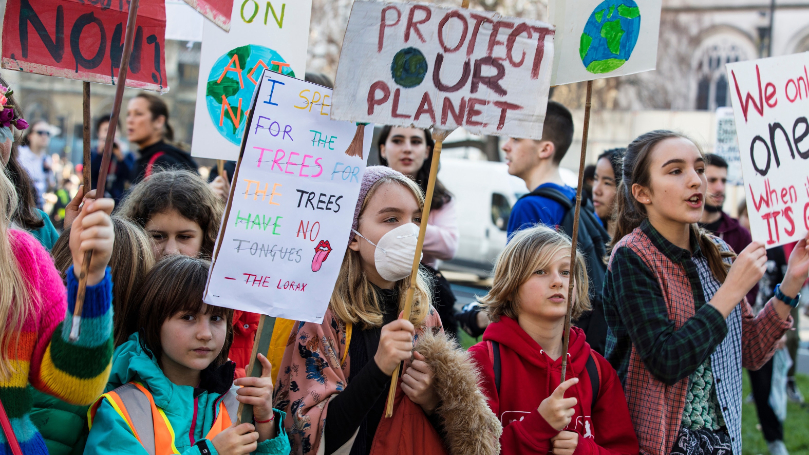
“The torch of science and the sacred lamp of life … ours [is] the task of making them glow with new light.” – Antonio Gramsci
Social murder
One of our founders, Friedrich Engels, first wrote about social murder in 1844. He raised the long-term impact of both work and home environments on the health of the English working class.
In one example, Engels pointed to the exploitation of very young people. The enclosures drove people, who lived off the land, into the cities. Here desperation took hold. Industrial jobs were not enough to keep some from selling their children, kept as slaves, and used to clean chimneys of the rich. Some would die in those chimneys or from long term respiratory diseases and cancers. African American slaves were forced to do similar work in New York City.
Of course, chimneys continued to be cleaned into the next two centuries under wage slavery. Swedish chimney sweeps were the subjects of an extensive study in the 1980s. They died at a higher mortality rate than the general population.
Capitalism has shortened the lives of millions of our class both at work and in the community. How many people have died due to the shortcomings of our medical system, especially inadequate medical insurance or its absence?
The vicious policy of United Healthcare Insurance Co. to delay, deny, and then defeat coverage of members is one systemic example. It came to light during the unfortunate assassination of the CEO of that company.
Beyond work and medical insurance systems, whole communities are impacted by various pollutants.
In Tennessee and Mississippi, predominantly Black communities have been subjected to air pollutants from the AI industry owned by Elon Musk. Depending on what is being combusted, nitrogen oxides, carbon monoxide, formaldehyde and particulate matter go into the air. The latter two have been connected to cancers. The Flint Michigan crisis has certain parallels to this, with water pollutants and different maladies involved.
Social murder falls under the rubric of theory. The latter strings ideas together to explain the phenomenon.
What are those ideas/factors that contribute to social death? Impacts tend to be long term. The absence of regulations or the violations of existing ones, usually at a work site, help pollutants find their way into our communities and profits into the pockets of owners of the means of production.
Ownership at the point of origin almost always proves to be a capitalist of considerable means. In terms of Elon Musk, it is a gross understatement. He is also a monopoly capitalist with considerable state powers.
The fight for theory
We have been fighting for decades to link the environmental movement to the labor, peace, and social justice movements. In current conditions of building the anti-fascist front, that linkage is needed more than ever. We need to pay attention to Lenin: “Without a revolutionary theory there can be no revolutionary movement.”
Every movement needs a theoretical framework built on a solid foundation. What is that foundation and what is the framework that flows from it for working class environmentalists as we move through the 21st century?
The science of ecology does some of this by connecting to patterns and processes of various areas of other sciences. But its framework is limited by class-bound bourgeois restraints. It does not challenge profits which kick off imperialist rampages across the globe. Nationally, when threatened, those same imperialist elements help swell fascist movements which are ever present as a reservoir ready to be mobilized into action.
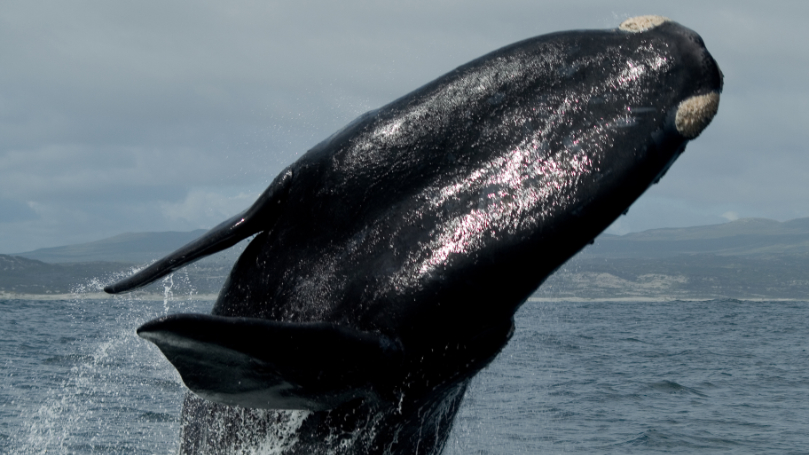
Our communist theoretical framework is the science of society and our foundation is materialism. Both demand a dialectical approach to reality. Marc Brodine’s Green Strategy gives a detailed breakdown of these as they relate to the environment.
The clash of private ownership and the frenzied pursuit of profit with both nature and the conditions we find at our work places/communities, roars like the incessant interplay between ocean and land.
Of course, the contradiction of private ownership/profit with social production also roars. Recent union organizing of Amazon workers and baristas put that on full display.
The debate over which one of the contradictions of capital should be prioritized is long over. The unity of all working class forces, including the fights against racism and anti-communism, are the only guarantee that these contradictions can be resolved in favor of our class.
Common sense or science?
On an even broader basis, some deleterious effects of capitalism on our class fall in the category of ideology.
Meet Nard (ed., the author’s father). He worked in the copper and brass industry as a tool setter. In retirement, he had melanoma, a very aggressive form of skin disease. It was discovered by his wife as he would not do regular medical checkups.
After the operation to remove the tumors, he refused to do the necessary medical follow-ups. To Nard, it was just “common sense” that all doctors were thieves.
He died from the spreading of the disease. Nard remained on the surface of what was confronting him. What was at the essence of it? A private medical system that pursues profit before the needs and care of people.
What else?
Good sense, that would have been both socially and scientifically informed, never reached Nard. A better grasp of whom to blame might have led him to seek medical help more consistently, may have added years to his life, and possibly added him to the ranks of those fighting for Medicare for all.
A couple more pieces of this theoretical/ideological pie are needed to assist us in the search for active solutions around the environment, especially land.
Wealth creation
In The Critique of the Gotha Program, Karl Marx sharply criticized German socialist Ferdinand Lasalle for leaving nature out of the wealth creation scenario.
Leaving nature out of the equation violates both the materialist base of wealth creation and the dialectical interplay of both use value and exchange value.
The labor theory of value explaining exchange value was known in rudimentary form since the 18th century. Abe Lincoln, a 19th century contemporary of our founders, waxed almost poetically about the creative role labor plays in wealth creation. Marx made the all-important additions of surplus value and profit. The revolutionary implications poured forth.
Here we need to focus on the first part, use values or nature’s role in the tension between use value and exchange value.
Alienation
Social murder, good sense (science), and wealth creation fall under the rubric of theory. So what is our theory concerning the environment? Or maybe better said, where is it?
Environmental theory includes the Marxist theory of alienation. Under capitalist relations, use value plus the creative force of labor power generates exchange value and a commodity for the market. Due to bourgeois ownership and control of those commodities, workers have little to no say in this process.
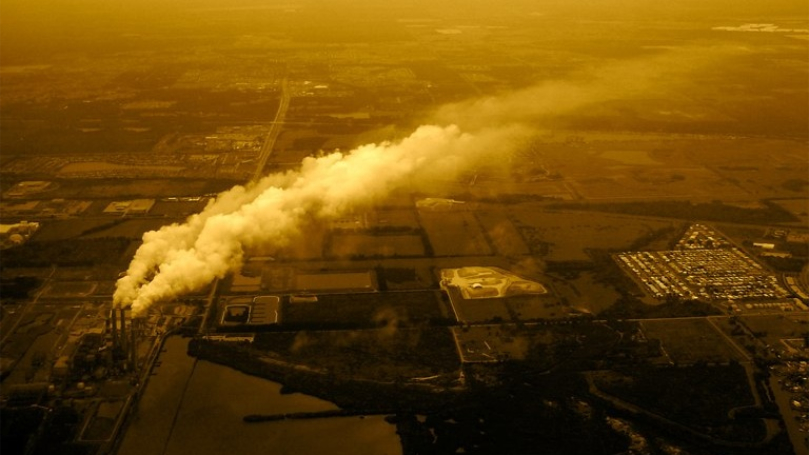
Classically, capitalist overproduction leads to unemployment. There is more cloaked behind that basic tendency to overproduce. It results in workers losing control of the very commodities they produce. That happened to farmers and agribusiness in the 1970s. It resulted in milk being poured down sewers while many were in need of those nutrients. Embodied in this example, especially with agribusiness, is also separation from the grassland where those milk producing cattle graze.
In the same manner, this extends to bench workers manipulating silicon for computers or lithium for batteries. Both elements originate in the earth. Those bench workers have no control over the commodities they produce nor the impact on the earth at the point of extraction. From the 19th century to the 21st century, this separation has become more and more acute.
Besides direct separation from nature at work, it extends to the community. School buses have saved many lives and contributed to social justice. At the same time, many youth are separated from land and wildlife as they are driven to and from schools. Without having to walk through woodlands, a park, or jump over a stream, it prevents contact with both nonliving and living matter e.g. wildlife.
Of course, this includes adults/families as well. Many are not aware of nature preserves less than a mile from their homes.
Separation and lack of control over one’s work conditions/products and healthcare have already been entertained. How many women will die due to loss of control of their bodies with the overturning of Roe vs Wade in 2022. How many lives will be lost with the passage of the big ugly bill?
The fight for public land
In the 1920s, Lenin and his contemporaries added 4 million hectares of public land to the Soviet Union. To put it in perspective, that is close to four times the size of Yellowstone National Park which itself is larger than the states of Rhode Island and Delaware combined. These public lands were for conservation, preservation and study. Conservation allows for different levels of human participation. Preservation’s first priority is wildlife and wildlife habitat.
Public land and its resources are key targets of U.S. imperialism abroad and key targets of capital within the country. Privatization is their top priority. The important role of Israel, the “unsinkable aircraft carrier” of U.S. imperialism, is to control mid-east lands, especially for fossil fuel extraction and super profits.
Those targets are very much in the roundhouse of the environmental movement.
Native Peoples have initiated a “land back” movement. Reclaiming their ancestral lands would allow them to grow food, an integral part of their culture, and protect mother earth.
An integral part of all land struggles is passive open space. This is land with permeable, that is, porous surfaces. Why is that?
Land needs to “breathe.” There are life-giving processes that need those permeable, porous surfaces. Nutrient cycles, including phosphorus, nitrogen, water, and carbon are among these.
These elements are in the atmosphere and, at some point, penetrate into the soil. When this happens, green organisms grow. From that green biomass, wildlife, and our species obtain nutrients and acquire oxygen to breathe.
The carbon cycle has been a global focus as it is integral to understanding climate change and mitigating it. Too much carbon in the atmosphere, from the burning of fossil fuels mainly, is destabilizing our planet’s ecosystems. The fossil fuel section of the ruling class tenaciously holds on to subsoil carbon. Why? It generates enormous profits when combined with exploitation of our class throughout the production and distribution process. In 2023 alone, ExxonMobil, Chevron, Shell, and BP totaled over $100 billion in profits.
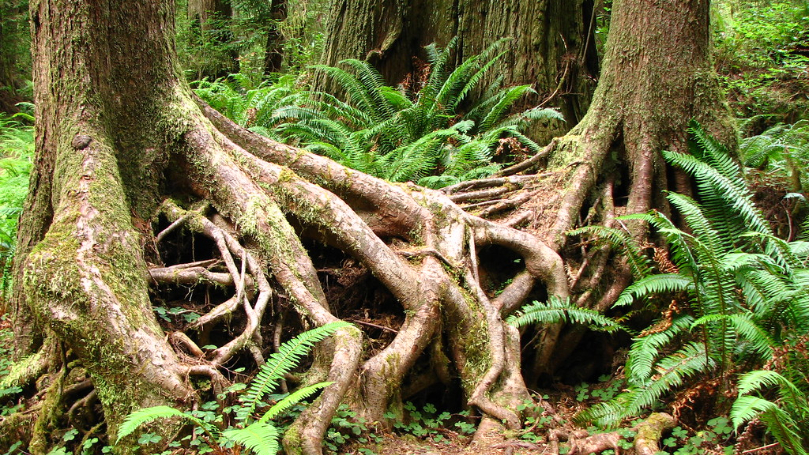
Karl Marx’s first big battle with authorities in Prussia involved the fight for the “commons.” Wangari Maathai (Africa), Chico Mendes (Brazil) and Henry David Thoreau (New England) all extolled and fought for land held in common.
There is good news. Labor’s just transition movement and environmental passive open space movement are in the mix of 21st century solutions. First the latter.
A public passive open space story
It was 1995 in Naugatuck, Connecticut. Two volunteer greens, armed with the passive open space concept as applied to local land, joined the area labor council. Both became sanctioned representatives by their union locals on the council. The chair of the labor council was on a wetlands commission in his hometown and a member of the CPUSA.
A girl scout group heard about the effort to save passive open space from the same community volunteers and joined the fray. A sixteen-year-old high school student, the offspring of an African American Panamanian immigrant and Portuguese immigrant, emerged as a leader of the effort. She convinced her scout group leader of the merit of the effort. It also had possible individual recognition for the scouts in the region.
Immigrants from Mexico and Portugal, both union members, also played key roles both on the land and at town hall. An African American woman, an officer also on the labor council, spoke at a town hall meeting and continually met with activists. Her son participated in the role of a slave when a local historical play was staged on the land.
A tried and tested way of bringing awareness to land struggles is to single out a particular wildlife and its life history. A scarlet tanager was spotted on the land during warm weather. This bird is known to travel from points south, such as Panama and Bolivia to Connecticut. This raised awareness to other migrating fauna that require passive, unfragmented woodlands in northern latitudes to feed and reproduce.
The conjoining of labor plus people of color, women, and youth proved a powerful mix. The electoral front opened up when a non-endorsed mayoral candidate (D) approached the alliance and pledged support. The successful electoral campaign, the constant pressure of the alliance and a party club that recruited to its ranks along the way, worked. The land was saved as public passive open space and a nature preserve.
The Soviets used as their early slogan “Peace, Land, Bread.” The main slogan of the CPUSA, “People, Peace, and Planet Before Profits,” embodies those material needs and that original sentiment. Embedded in it now is the Land Back movement of native peoples, the struggle for passive open space, the fight for animal rights and for a stable climate.
The fight for peace
The two existential threats to people, peace, and the planet are nuclear war and climate change.
The fight against nukes has been, simultaneously, a fight for the environment from the get-go. It contains an important episode of working class environmental/peace history.
While the ban the bomb movement, led by the CPUSA, was collecting signatures in the early 1950s, another struggle was stirring around the environment. The concern was fallout from nuclear bomb testing out west. The epicenter of that struggle was Saint Louis, Missouri.
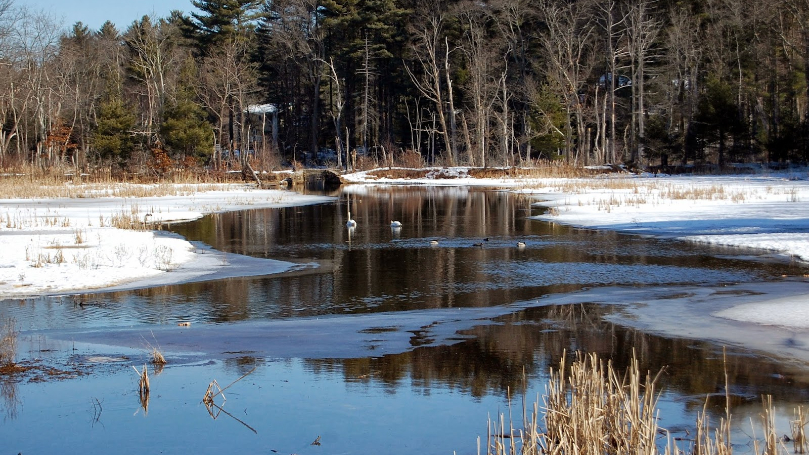
Virginia Brodine, ILGWU worker and CPUSA member, connected with scientists at Washington University in Saint Louis. The mover and shaker there was Barry Commoner, ecologist and peace activist.
The central organizing question was how to materially connect to the community to engender a mass movement? The science question was how to test for nuclear fallout and its impact on peoples’ safety?
The first question was answered by young mothers and their offspring. Baby teeth are a natural human tissue and, once naturally ejected, could be tested without harm to the children. With the material base established, it was science’s turn.
A key marker from fallout was Strontium 90. It could be tested for its presence in those baby teeth. Now it was back to the community. Organizers sought out both expectant moms and those already with infants.
Months and years of organizing bore fruit. The radioactive material was discovered in baby teeth. A series of science periodicals and spin offs were initiated to inform the broader public. It made a lasting mark. The journal Environment, which Brodine and Commoner helped found, continues to this day.
Much of these struggles have been to re-orientate science for people and not war. Marie Curie was working at this even earlier in the 20th century.
Madame Curie, as she became known, saw the ravages of WWI up close. While organizing a science conference after the war, she had one criterion for attendance. Did the applicant sign the latest peace accord?
This was an attempt to dissociate science from war. Emerging out of the civil rights and anti-war movements of the 1960s, the group Science for the People had a similar goal. Today, that same impulse is represented in the environmental program of the CPUSA.
Climate change
The theory of climate change is well established. Carbon from many sources, e.g. industry, vehicles, has entered our global atmosphere in large quantities. It creates a layer of matter that traps too much radiation from the sun. While water vapor is the number one heat-trapping molecule, carbon dioxide and methane are the additions that have destabilized our shared climate.
The intense storms, floods, wildfires, and their human toll, have flashed across our TV screens. The more long-term effects are more insidious. For example, the lobster industry has all but collapsed in Connecticut and Rhode Island. Why?
The preferred habitat for lobsters is cool waters. Climate change warmed the waters of Long Island Sound stretching to the coast of Rhode Island. Shell disease came with the warmer waters. Both factors drove lobsters north, tossing lobster workers out of work both on the water and on the shore. Impacts on wildlife do eventually reach us. (See also Just Transition section.). Also see here.
Less known is the web of political, social, and economic forces at play here. Recent history yields an explanation.
It is also being played out in Long Island Sound and its ports.
A Connecticut alliance of labor, environmentalists and religious groups called The Round Table on Climate and Jobs formed in the early part of the new millennium. Especially with leadership from the International Association of Machinists (IAM), a wind turbine project was won for Long Island Sound and associated ports.
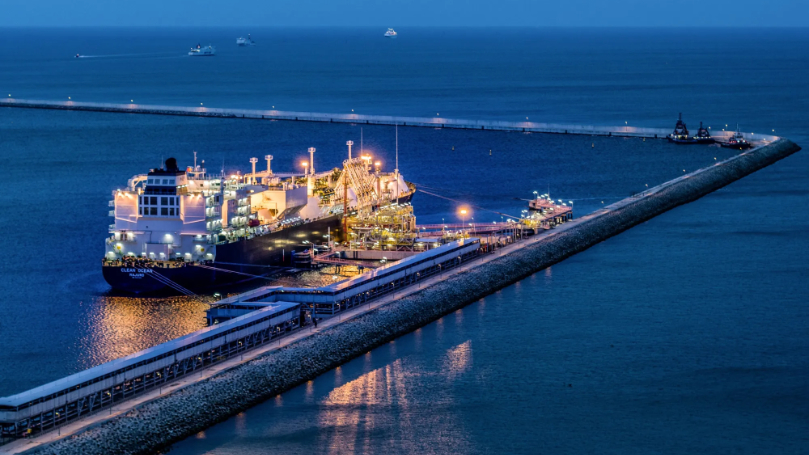
It is a good example of a just transition where the environment, communities, and labor are all winners. The fascist leaning Trump Administration has halted the project.
The struggle for a just transition
What is a just transition? It is where our class benefits by both an improved environment with job retention/creation. Without it, the labor and environmental movements remain at loggerheads.
An example is now being played out in the Gulf of Maine. The environmental movement is striving to save the Right Whale. Current estimates are 370 Right Whales in the world. The latter plays an important role in the ecology of those Maine waters. The movement’s goal is in concert with China’s Global Civilization Initiative to protect marine life.
As Henry David Thoreau said two centuries ago, nature is “. . .a bundle of relations.” Here’s how.
Right whales travel up and down, way down, in the water column. As a baleen feeder, it sieves for small prey like copepods and small zooplankton. The latter feed on phytoplankton, even smaller green organisms that mainly inhabit the surface of the ocean.
These behemoth mammals must surface to defecate. In doing so, they supply nutrients for phytoplankton growth. As indicated above, these nutrients begin to travel throughout the marine food web. Thus whales, and other sea organisms, like lobsters, benefit from this intricate “bundle of relations.”
The Right Whale is considered a keystone species in that they help support organisms at the base of a food web, which, in turn, supports many organisms.
So what on the surface of the save the whale push appears like a narrow, animal rights campaign, is anything but that.
The Right Whale is critically endangered, in part, due to entanglement with ropes attached to lobster traps. An extensive study from 2017 to 2025 showed entanglements causing 10 whale deaths, 35 seriously injured, and 56 injured or in poor health.
When a proposal to limit the number of traps surfaced, there was the expected hue and cry by the lobstermen/women. They are organized in the Maine Lobstermen’s Association and Maine Lobstering Union IAM Local 207.
Lobster fisher people felt they had already made considerable adjustments. In 2015, they reduced the number of vertical lines that connect bottom gear with surface buoys. They helped researchers by placing purple markers on their ropes so points of origin were clear. This revealed that, in 2019, 10 right whale deaths involved Canadian fish gear.
A further complication was climate change. The Gulf of Maine is warming four times as fast as any other body of water in the world. It has caused a decline in a key planktonic (surface) food linked to the whale. It forced them into colder waters where more risk factors lurk e.g. shipping lane collisions.
So what would a transition look like that would both preserve the whale, in turn the ocean ecosystem, and sustain jobs?
A rope-less lobster trap system would seem to be a simple technological solution. There is one. Besides current technical glitches, replacing miles of ropes already in the hands of the workers with a new high-tech system will cost millions of dollars.
Here is where the Move The Money campaign of the U.S. Peace Council, embedded in the CPUSA’s latest Peace Conference (2023), makes perfect sense. Move monies from the $1 trillion military budget to people’s needs. For the Gulf of Maine, it would take a unified effort by both union, peace, and environmental movements to guarantee a living wage for those who toil on the sea and long shore. It could fund the just transition to rope-less lobster traps to sustain the ecosystem.
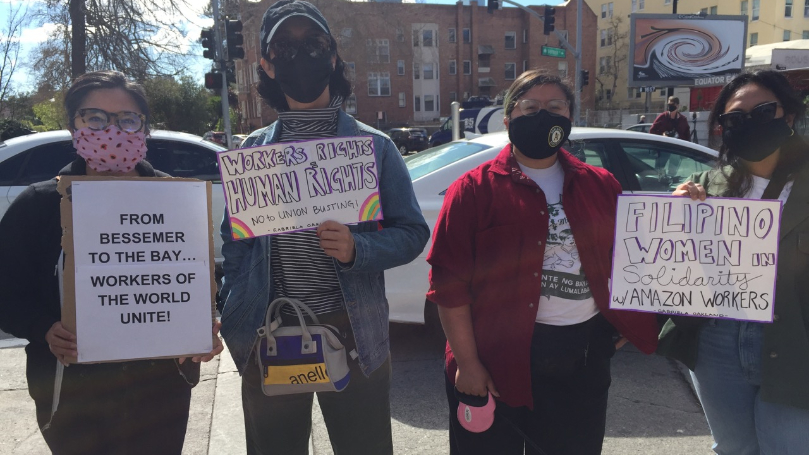
Environmental rights amendment
Some of these broad concepts are in the proposed Environmental Rights Amendment, or Green Amendment, to the constitution. It would make legally mandatory that the government work for a healthy environment with social justice provisions.
Constitutional amendments are mainly a product of struggle. An example is immigrant rights. While protecting immigrants was captured by the inscription on the statue of liberty, it was also codified in the 1st, 5th, 10th and 14th amendments.
Recent history shows us that, like in sports, offense can be a good defense. The reactionary Reagan Administration was confronted by the nuclear freeze mass movement. The 1982 march on the U.N. was of historic proportions. The outcome was palpable.
USA and Soviet missiles, capable of carrying nuclear weapons, were destroyed. The other necessary ingredient was an intact unified socialist camp. So operating under a more favorable correlation of forces made the impossible, possible.
Green Amendments are being fought for at the state level. That is one route to establishing a federal amendment to the U.S. Constitution and lasting change. There are presently three states with Green Amendments: Pennsylvania (1971), Montana (1972), and New York (2021).
We need new stories. In some cases it may be from our working class history told in a new, refreshing way. Our ideas and theories need elaboration from the grassroots.
Conclusion
The fight against the extreme right, who are itching for fascism, is paramount. The latter haven’t just dropped “the torch of science” and ‘the sacred lamp of life“, they are stomping on them.
In the long run, any ideas of a green capitalism leading us to a better world are dead. The best examples are struggles around fossil fuels. Capitalist relations brought fossil fuels into the world to do one thing, make money. They will not let go of their enormous profits willingly.
Marc Brodine pointed to a way out in his seminal work, Green Strategy.
“The history of our country is in part a history of working to make the promises of the Constitution real.”
Environmental struggles are an integral part of that history. Presently, the fights against nuclear power and climate change, and for a Green Amendment specifically, are adding to it. In the long run, struggles for democracy and the environment will be part of the full blooming of a green socialism.
In tandem with praxis, a necessary ingredient in this struggle must be the further elaboration of a working class environmental theory.
Images: “What We’re Seeing Now: Air Pollution and Climate Change” by Flickr/Evanna Chung (Creative Commons); “Southern Right Whale jumping” by Willem Koets (CC BY-NC 2.0); “A green new deal” by kboo.org (Creative Commons); Spruce Tree Octopus Roots by David Berry (CC BY 2.0); “The swans found the open water” by Franklin Matters (Creative Commons); “Liquified gas extraction” by Maciej Margas(CC BY-SA 4.0 , via Wikimedia Commons); “Some of the demonstrators in front of an Amazon-owned Whole Foods store in Oakland on Feb. 20, part of a national day of solidarity to support Amazon workers struggling for union recognition in Bessemer, Alabama” by Urszula Wislanka (Creative Commons).


 Join Now
Join Now